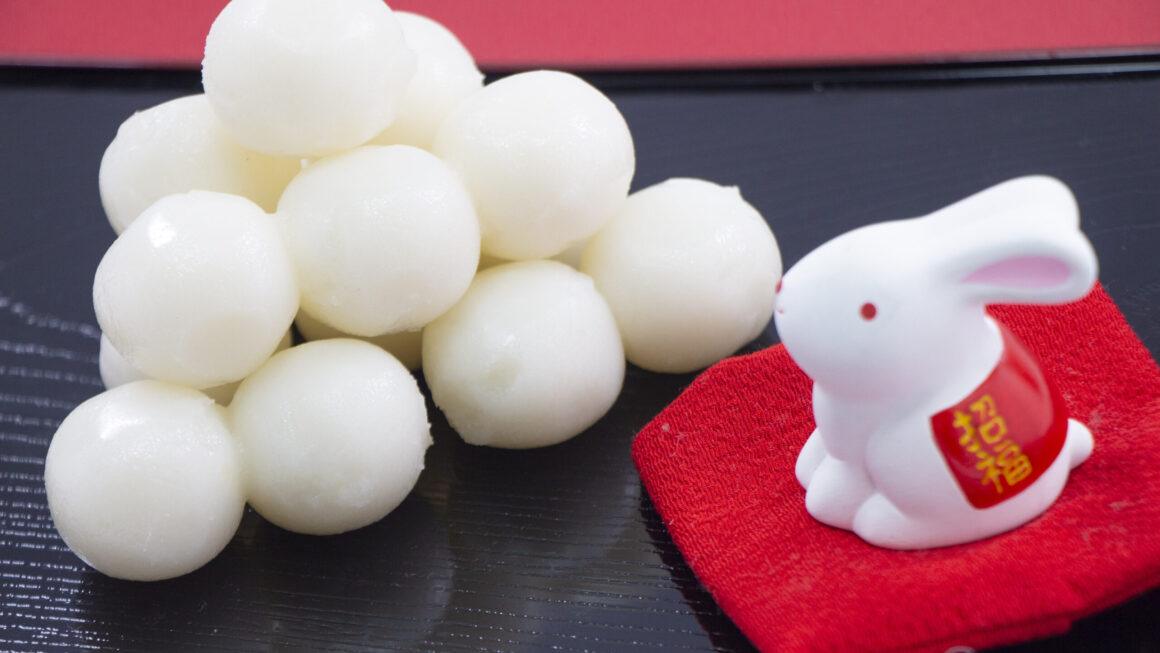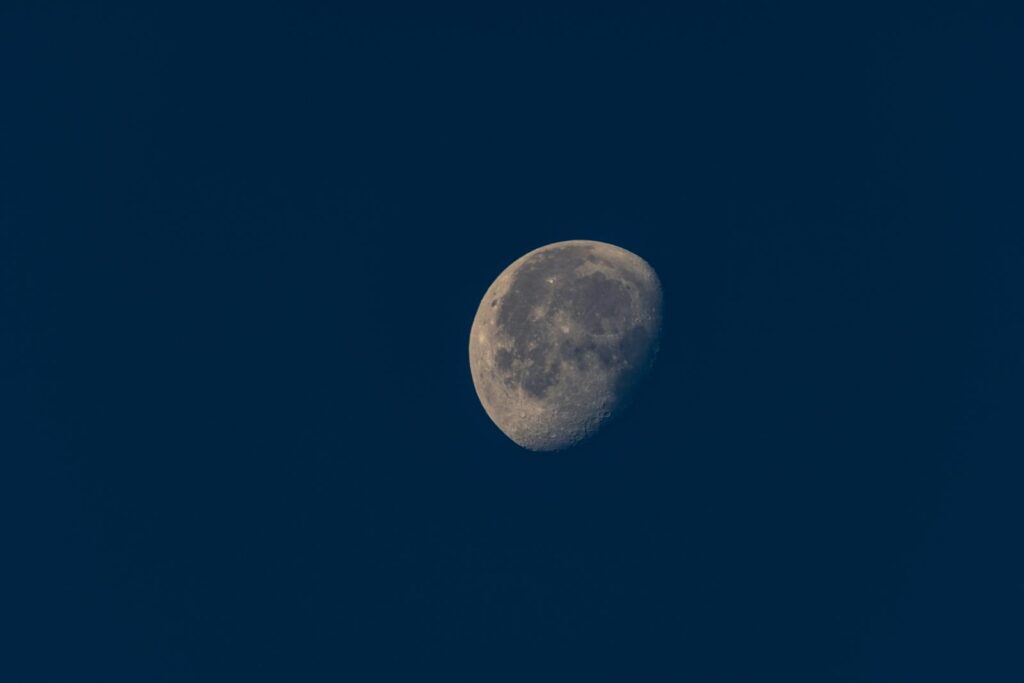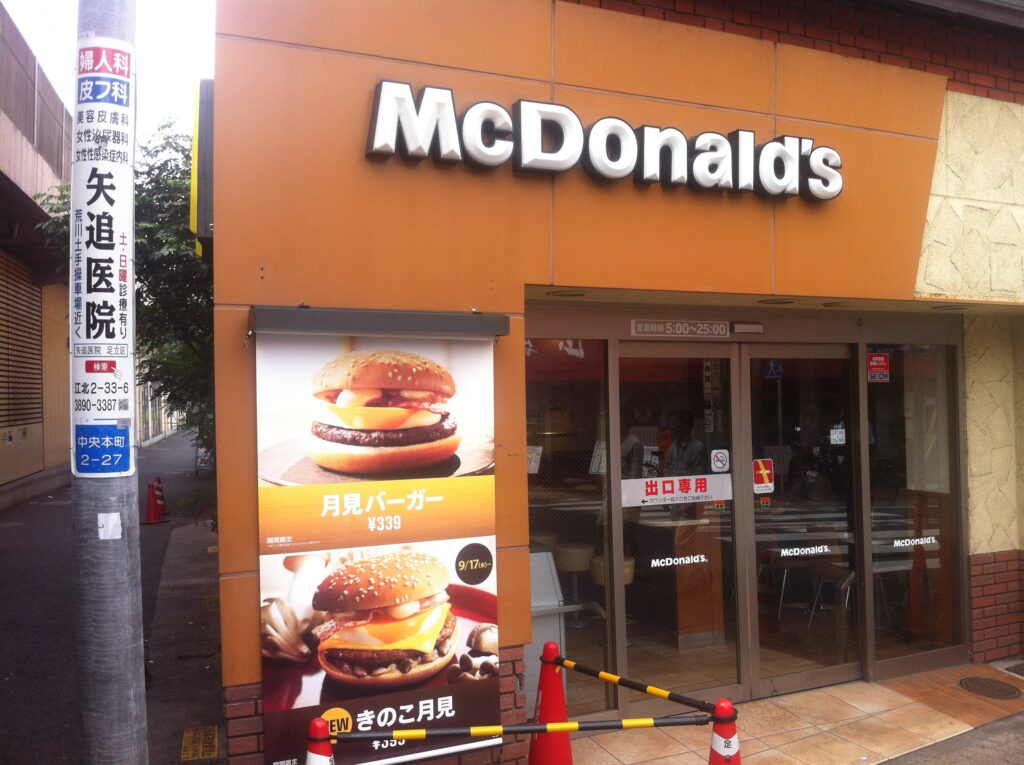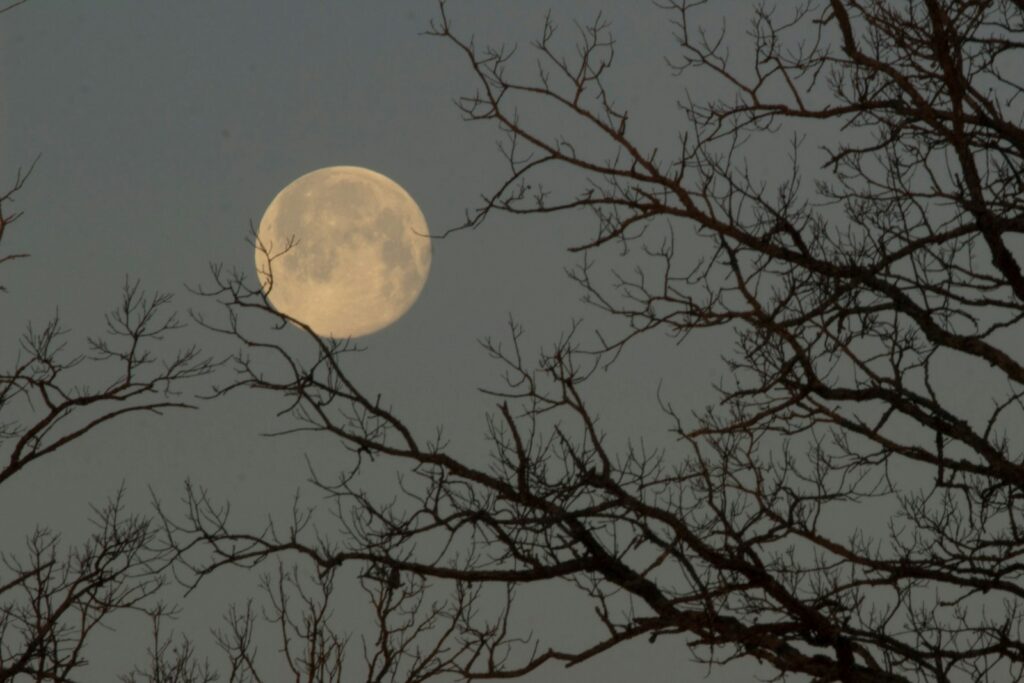Alright, let’s talk about Tsukimi—also known as the Moon Viewing Festival. When I first heard about it, I was like, “Wait, Japan has a holiday for staring at the moon? That’s it?” But after living here for a few years, I’ve learned Tsukimi is a whole vibe, and there’s more to it than just sky-gazing. It’s one of those quiet, magical holidays that sneaks up on you, especially if you’ve got kids, because—surprise!—they’ll likely be bringing home moon-related crafts and snacks from school.
So, whether you’re new to Japan or just curious about what this whole “moon viewing” business is all about, here’s my take on Tsukimi from the perspective of a foreign mom who’s just trying to keep up.
What Is Tsukimi?
Tsukimi (月見), literally translating to “moon viewing,” is Japan’s way of celebrating the harvest moon. Think of it as the Japanese version of a fall harvest festival, but instead of pumpkins and corn, you’ve got rice and… well, the moon. This festival has roots that go back over 1,000 years to Japan’s Heian period, when aristocrats would gather to admire the full moon while writing poetry and sipping sake.
These days, Tsukimi is celebrated in a much more laid-back way, but the key idea remains the same: take a moment to appreciate the beauty of nature, reflect on the changing seasons, and maybe enjoy some seasonal snacks while you’re at it.
When Does Tsukimi Happen?
Tsukimi doesn’t have a fixed date every year because it’s based on the lunar calendar. It typically falls in mid-September, around the time of the full moon (hence the whole “moon viewing” thing). You’ll hear people refer to it as Jūgoya (the night of the full moon). It’s kind of like the Japanese version of the Mid-Autumn Festival celebrated in other East Asian countries.
If you’re living in Japan, don’t be surprised when stores start stocking moon-themed treats, decorations, and even tsukimi versions of your favorite fast food items (yes, even McDonald’s gets in on the action with special tsukimi burgers!).
How is Tsukimi Celebrated?
Okay, so here’s where things get interesting. Tsukimi is one of those holidays that can be as simple or as fancy as you want it to be. There’s no strict set of rules, and how it’s celebrated can vary depending on where you are and who you’re with.
Here’s a rundown of what typically goes down during Tsukimi:
Admiring the Moon
Duh. The main event is, of course, gazing at the full moon. Families gather outside—sometimes on balconies, in parks, or even at temples—to admire the moon’s beauty. It’s a peaceful, reflective moment, and honestly, in today’s hectic world, we could all use a little more of that. Plus, if you’ve got kids, it’s a great chance to teach them about the phases of the moon (bonus points for sneaking in some science).
Eating Tsukimi Dango
Here’s where things get fun. No Japanese holiday is complete without food, and for Tsukimi, it’s all about tsukimi dango. These are cute little white rice dumplings that symbolize the full moon, and they’re usually stacked in a pyramid on a tray as an offering to the moon. Don’t worry, after admiring them, you get to eat them, too! Some families also include seasonal fruits, sweet potatoes, and chestnuts in their moon-viewing feasts.My son is obsessed with tsukimi dango, so this holiday has quickly become a favorite in our household. And if your kid comes home from school with a moon-shaped craft or dango they made in class, don’t be surprised—it’s all part of the Tsukimi fun!
Seasonal Decorations
Traditional Tsukimi setups usually include pampas grass (susuki) in vases. Pampas grass is a symbol of the autumn harvest and is said to ward off evil spirits. You might also see people putting out offerings of sake or rice to honor the moon gods. We don’t go all-out with this at my house, but I’ve seen some beautiful Tsukimi displays at shrines and in shop windows.
Moon-Themed Food (Even Fast Food!)
And now for the modern twist: Tsukimi-themed fast food. Seriously, Japan’s fast food chains get in on the moon-viewing action with special items, like tsukimi burgers, which are burgers topped with a fried egg to resemble the full moon. Even Starbucks and convenience stores like 7-Eleven offer special moon-themed drinks and snacks during the season. So, if cooking isn’t your thing, don’t worry—you can still get your Tsukimi fix!
The Meaning Behind Tsukimi: Why the Moon?
So, why the big fuss over the moon? In Japanese culture, the moon is considered to be mysterious and beautiful, and it’s closely connected to the harvest. The full moon of autumn symbolizes abundance and prosperity, and during Tsukimi, people give thanks for the season’s harvest while hoping for more good things to come.
It’s also about taking a break to appreciate nature. With life moving so fast, Tsukimi offers a chance to slow down and just… exist. There’s something super calming about taking a moment to just look up at the sky and reflect, which is probably why this holiday has stuck around for so long.
How We Celebrate Tsukimi as a Foreign Family
Now, I’ll be honest, I didn’t get Tsukimi at first. I mean, where I come from, we don’t have a whole holiday for the moon. But now, after a few years of living in Japan, I’ve totally embraced it. It’s like a mini breather in the middle of the hectic back-to-school season.
Here’s how we do Tsukimi at my house:
Moon Viewing from the Balcony: We’re lucky enough to have a balcony with a decent view, so on Tsukimi night, we set up a blanket, make some tea, and sit outside with my son to watch the moon. It’s such a chill, cozy moment, and he loves spotting the moon through his little telescope.
Tsukimi Dango (Store-Bought, Let’s Be Real): I’m not exactly whipping up homemade dango from scratch, but the local konbini (convenience store) sells them around this time, so we always grab a pack. My son loves stacking them up and pretending we’re offering them to the moon gods (and then promptly eating them, of course).
Moon-Themed Crafts: My son’s school is really into the Tsukimi spirit, so every year, he brings home some cute moon-themed art project. Last year, they made little paper lanterns with moon and rabbit designs (rabbits are linked to the moon in Japanese folklore—more on that in a bit!). I try to keep these around as decorations because they’re adorable and they make the night feel even more festive.
The Rabbit on the Moon: A Fun Tsukimi Story for the Kids
Now, here’s a fun part of Tsukimi that kids love: the moon rabbit! In Japan, there’s this ancient folklore that says if you look closely at the moon, you can see a rabbit pounding mochi (rice cakes). The story goes that this selfless rabbit offered its own life to the gods by jumping into a fire, but instead of dying, it was sent to live on the moon. Now, every time there’s a full moon, kids love to search for the rabbit’s silhouette.
If you’ve got a little one who’s into stories, this is a great one to tell during Tsukimi. My son totally buys into it, and we spend way too much time trying to “find” the rabbit on the moon.
Why You Should Get Into Tsukimi (Even If You’re Not Japanese)
Honestly, Tsukimi is one of those low-pressure holidays that’s easy to get into as a foreigner. You don’t need to go all-out with decorations or food, but it’s a great excuse to slow down, appreciate the changing seasons, and maybe introduce your kids to something new.
Whether you’re sitting outside gazing at the moon, making some dango (or buying them, no judgment), or just taking a moment to reflect, Tsukimi offers a little piece of calm in an otherwise busy world. Plus, let’s be real, the moon rabbit story is pure gold if you’ve got kids.
So, if you’re in Japan during Tsukimi, don’t sleep on it! Embrace the moon, eat some dango, and enjoy this magical little holiday that’s all about peace, gratitude, and the beauty of nature.









